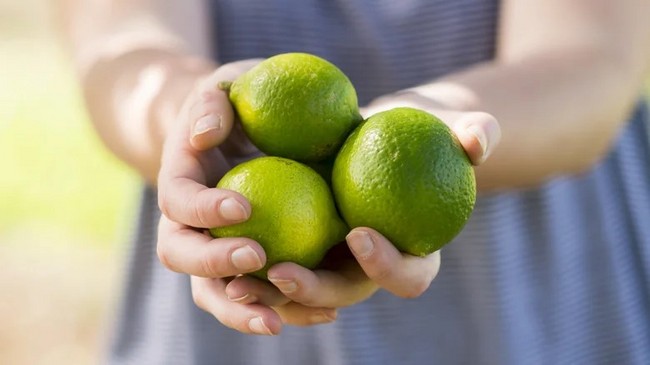✕

Column: industry Tag: lime,US Published: 2024-12-09 13:21 Source: www.mashed.com Author: DIEGO VILLENADEC. 8

Digihelion/Shutterstock
Domestic lime fruit production in the U.S. isn't what it used to be, to say the least. Total growing acreage has shrunken down from its peak of around 7,300 acres in 1983 to virtually nothing today. The story of what happened to America's lime farms is steeped in disaster, both natural and manmade. And while there is some hype around a potential resurgence, the future of American limes is fraught with challenges.
Most types of limes typically have trouble growing in the more temperate climates of the continental U.S. However, Florida's unique geography provides favorable tropical climates for growing both key limes and Persian limes (which are seedless). This enabled domestic farmers to dominate the U.S. lime market throughout the mid-late 20th century. However, as the 20th century ended, several factors converged to nearly wipe out the American lime fruit industry.
This is not to say there is no one in America growing limes; backyard farmers and even small-scale organic farms can and do produce the fruit. However, the official tally of USDA-recognized lime farmers whose primary source of income comes through commercial production of lime fruit is vanishingly small. In other words, quantities produced by American farmers are so statistically insignificant next to the overwhelming dominance of imported limes that they don't even factor into industrial estimates.
What happened to the US lime industry?

onstockphoto/Shutterstock
The devastation wrought by Hurricane Andrew in 1992 was the first major blow to Florida's lime production. After Andrew, just 1,900 lime-growing acres were left, putting American farmers in a tough position to weather the economic storm brewing on the horizon. In 1994, the North American Free Trade Agreement (NAFTA) was signed into law, which removed tariffs on imported Mexican limes. The lower costs of Mexican limes made Florida-grown limes uncompetitive to the point where by the year 2000, domestic production accounted for just 12% of the total demand for limes in the U.S.
The final nail in the coffin was the outbreak of citrus canker disease in 1995. This bacterial infection negatively impacted overall fruit production and the marketability of surviving fruit. The Citrus Canker Eradication Program (CCEP) was instituted to contain the spread, but the effort was shut down in 2006 after meeting with public backlash and failing to eradicate citrus canker.
Are American limes making a comeback?

Littlecitylifestylephotography/Getty Images
The demand for limes in the U.S. has surged over 338% between 2000 and 2022, begging the question of whether the opportunity outweighs the risks for prospective lime farmers in the U.S. As of 2021, 97% of total demand was satisfied through imports from Mexico, so the answer seems to be a resounding "no." However, extreme heat and excessive rainfall truncated Mexican lime production in 2024, leading the U.S. market to shop around for alternatives.
While major lime retailers are still looking toward imports, there is potential hope for lime growers in Florida, Texas, and California. For one, citrus canker now has effective — though costly — management strategies. Additionally, the citrus greening epidemic destroying Florida's oranges and limes has led fruit farmers to seek out resistant strains. The Australian round lime is resistant to the virus, and future hybrids may provide an opportunity for American lime farmers to break into the market. After all, according to a 2024 report by Fortune Business Insights, demand is projected to continue growing well into the late 2020s.
Previous:Is There Any Difference Between Spatchcocking And Butterflying Chicken
Next:Why Filet Mignon Is Far From The Best Cut Of Beef To Use For Stew
Hot key words
Hot Products
Popular Vendors